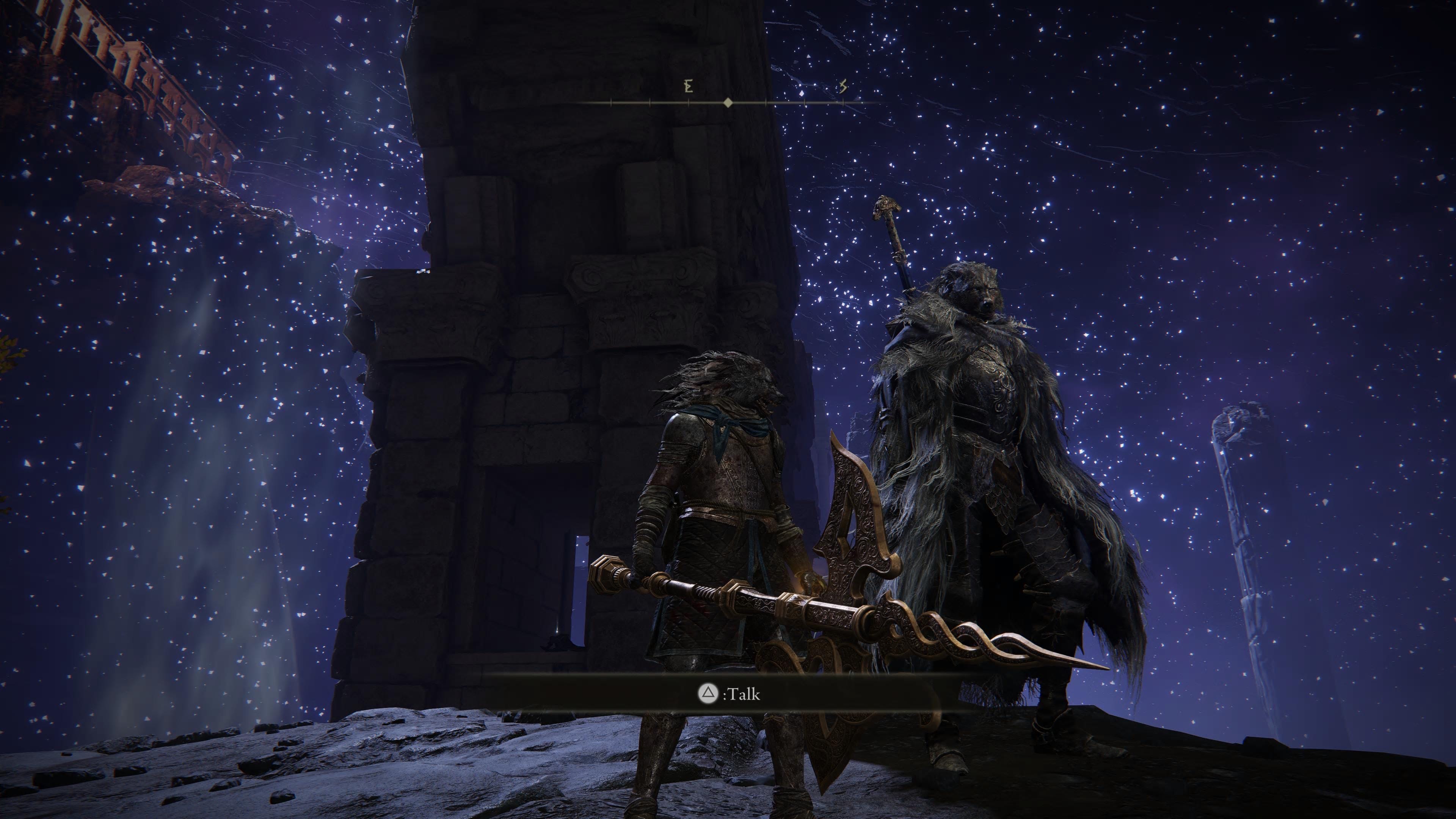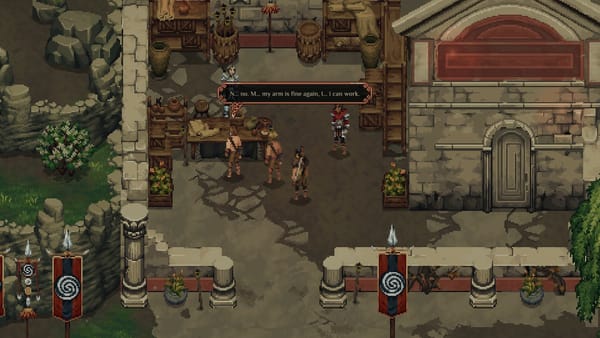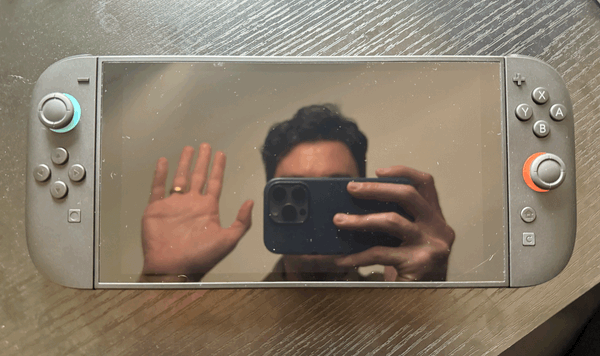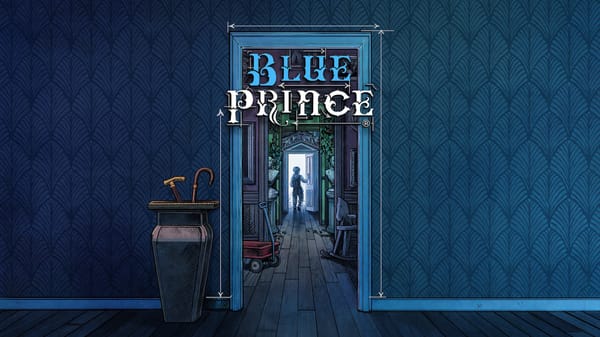Elden Ring and the pleasurable obfuscation of scope
My most approachable headline yet
Elden Ring is 2.5 Dark Soulses blended up and spat out across a gigantic map that you never truly know the full breadth of until you’ve gotten one of six endings, and I, like the rest of the sentient internet, loved it. If you have anywhere from 50-120 hours to spare, I suggest playing it. This is all I can say before the spoiler break. It is a very big game and in some ways more forgiving than other FromSoft titles. If you have any tolerance for frustration, I can’t recommend it highly enough. The rest of this newsletter will be dedicated to how it handles the map, which doesn’t sound like a spoiler, but I assure you, it is.
[Seek ye not further unless you don’t care about learning a pretty fundamental and hidden fact of this game that truly made me feel Big Things when I encountered it unspoiled.]

When I first realized there was an underground in Elden Ring, I felt despair. Not because the area was despairing, aesthetically,1 but because I had just begun to feel like I had a grasp on things, only to realize I really, really didn’t. I’d already seen and traversed multiple areas that could’ve constituted the entirety of a different game. I felt perhaps I had rounded the corner on the content Elden Ring had to offer. But faced with an underground world, with a sky (sky?) full of purple stars, Elden Ring taught me perhaps its most humbling lesson. However far I thought I was into the game, I didn’t know the half of it.
And, honestly? This was the correct choice on their part.
If FromSoft had shown me the entire map when I started playing, I simply would not have played Elden Ring. Okay, maybe that’s a lie. I like these games a lot. But in an industry where most open world games present you with an entire grayed-out map when you first start, giving you a glimpse at the contours of the entire experience, Elden Ring chooses instead to show you only what you’ve already seen, to map only the paths you’ve already tread. The ever-expanding map is less a map than a journal. You cannot scroll past any boundaries you yourself have not yet crossed. With every new area discovered, the boundaries of the map expanded dramatically. The effect of this on me, as I’ve noted already, could sometimes skew toward the overwhelming. Especially early on, I found myself asking, Just how much of this game do I have left? I found it stressful, having grown accustomed to games that readily show me the bounds of my potential experience, to not have an immediate visual indicator of what I had left to do. But that’s just it. Elden Ring wasn’t about what I had left to do. It was reorienting me, from the very beginning, to what I was doing.
Yes, I know: I just did the writer thing where I switched around the verb tenses in order to sound pseudo-profound, but stay with me. In refusing, to the very end, to disclose its outer bounds, Elden Ring forces the player into the pleasurable pleasant, a deep engagement with whatever it is that is currently in front of you. Even for something as long and as difficult as Elden Ring, I found it oddly therapeutic. Every moment I spent with it, I felt grounded, focused. I felt present. (And I spent a lot of moments with it.) I’ve written about my worries with respect to the passage of time and playing video games before,2 and when it comes to pure hours-played, I have not invested more time into a single game since Animal Crossing: New Horizons—a game that, surprise, surprise, gave me anxious feelings about productivity. With Elden Ring, those same worries loomed at first, especially as I realized via a literal but also metaphorical underworld how deep this experience was going to be. But the design decision to obscure scope in a game that is all about scope fought back against my worrying tendencies and my sense of the ticking clock. And it won that fight.
As I write this, I’ve already spent 80 hours on my first run-through, and when I finish a first draft, I intend to go start Journey 2, Elden Ring’s nomenclature for New Game Plus.3 Amazingly, despite the two workweeks I’ve spent in the Lands Between, I want to spend even more time there. Since starting Backlog, I’ve noticed that I feel compelled to move on to the next experience in order to have more to write about. Full disclosure? I only have one more newsletter banked after this one, which means I have approximately three weeks to play and finish something else to write about. I’ve got Bowser’s Fury downloaded on my Switch—the Elden Ring of Marios—but I can’t bring myself to boot it up. All I want to do is play Elden Ring. All because they hid the map, and in doing so, made me stop worrying about where I had to go and start enjoying where I am right now.
There are such areas in Elden Ring. Looking at you, Caelid. ↩
Wow, uh. Lot of posts about how I’m worried about the time I spend playing games! Ha ha, whoa. I’m okay, I swear! ↩
Update: I did just that. Turns out this huge game can be beaten in a matter of hours with the right equipment and knowing exactly where to go (and, of course, being massively over-leveled). Journey 3 commences at the end of today’s workday. ↩




